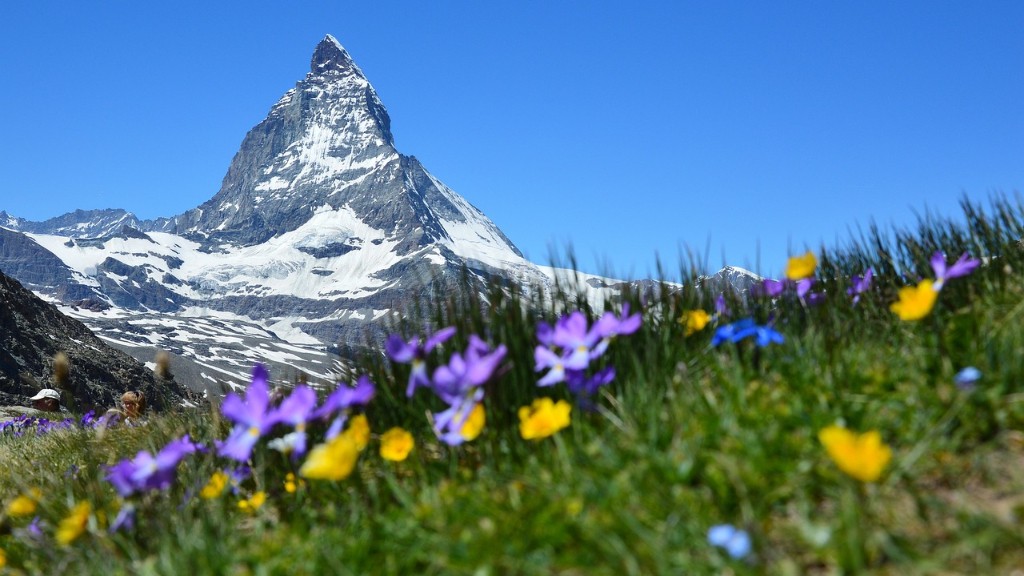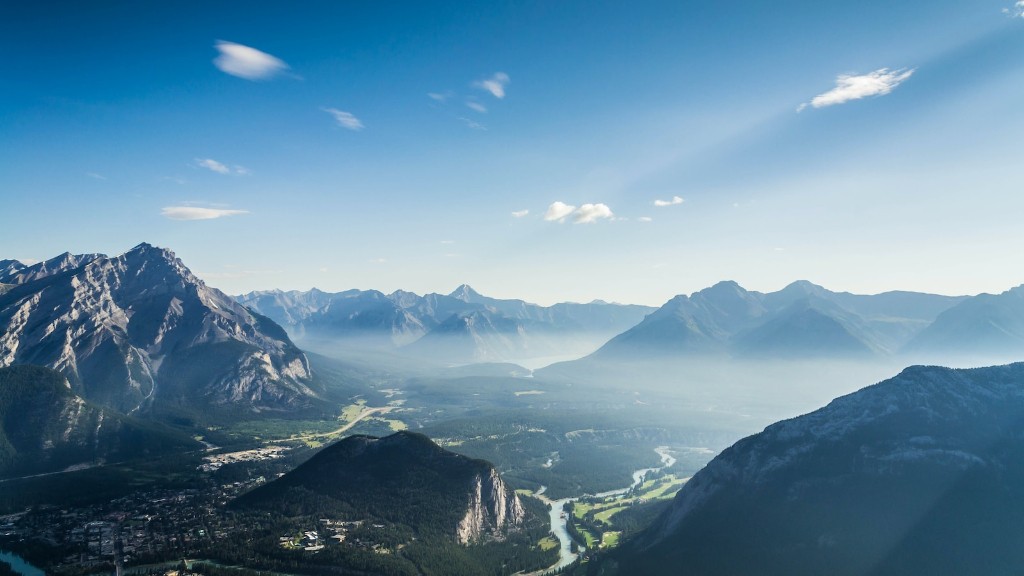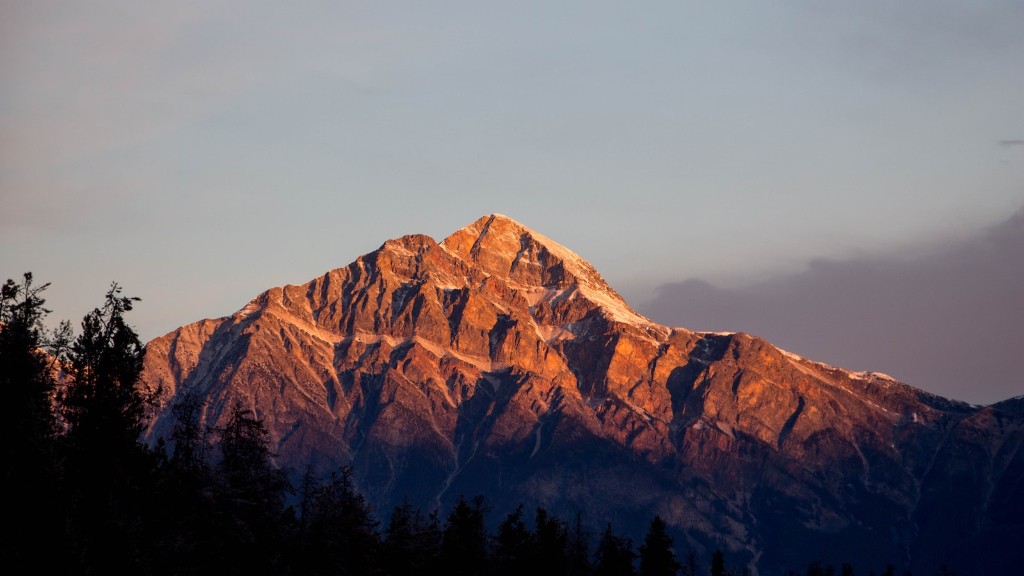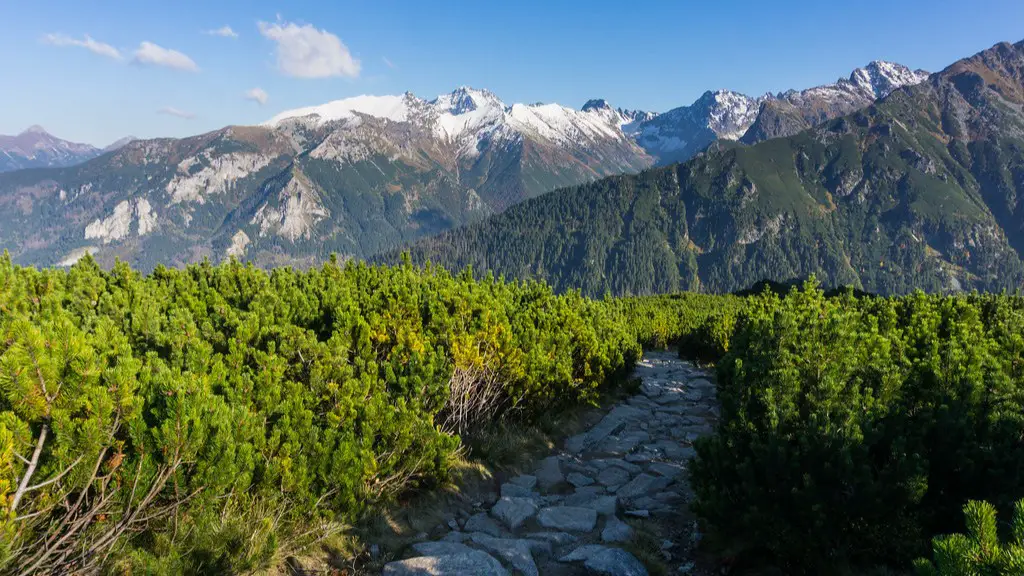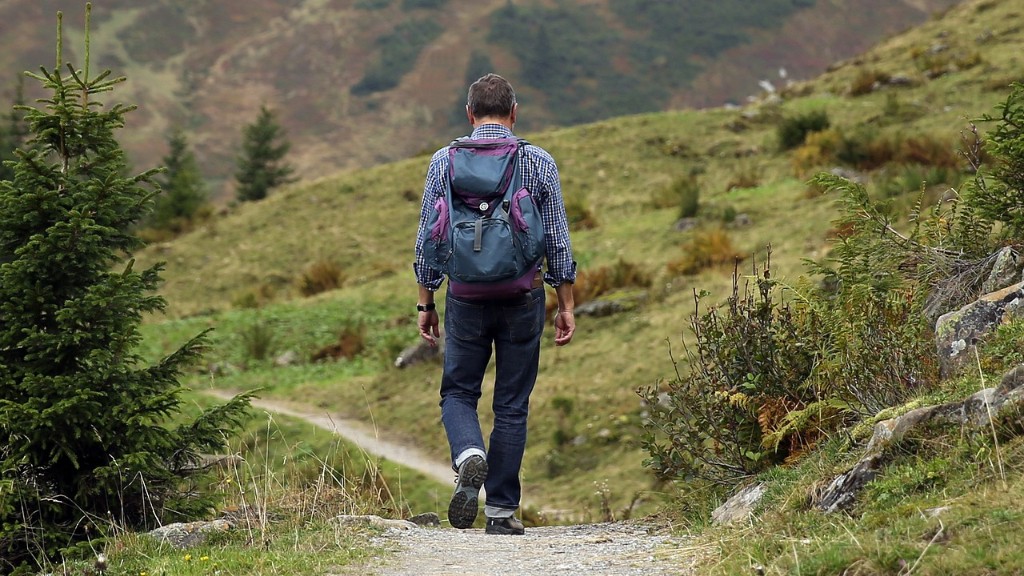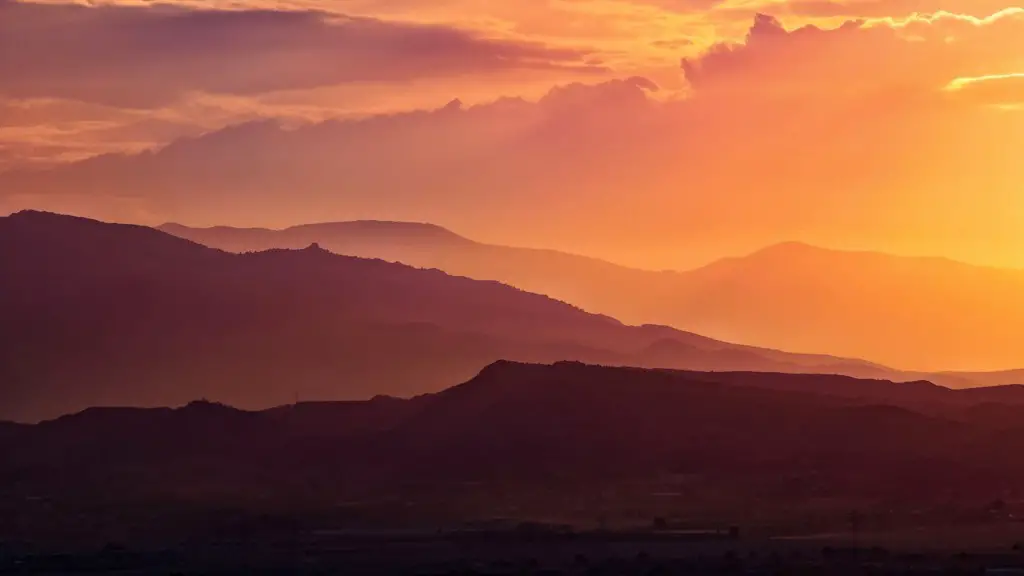Climbing Mount Kilimanjaro is an adventurous and physically challenging feat that takes proper training and preparation. Those who are intending to climb Mount Kilimanjaro should follow a certain training program to help their bodies adjust to the high altitude and cold weather conditions. This guide will outline what kind of training is necessary to complete the climb successfully.
The following is a guide on how to train to climb Mount Kilimanjaro:
1. First, consult with a doctor to make sure you are physically able to take on such a strenuous task.
2. Once you have the all-clear, start working on your cardio by running, swimming, or biking for at least 30 minutes a day, 5 days a week.
3. In addition to cardio, start strength training to build up the muscles in your legs, back, and arms. This will help you carry any gear you need to bring with you, as well as help you with the climb itself.
4. Once you have built up a solid base, start increasing the difficulty of your workouts. This can mean running further distances, swimming for longer periods of time, or adding in HIIT (high-intensity interval training) to your cardio routine.
5. Make sure to focus on your form as well, especially as you start to get tired. This includes maintaining good posture and using your whole foot when climbing.
6. Finally, don’t forget to lightly stretch every day to keep your muscles loose and prevent any injuries.
How long does it take to train to climb Kilimanjaro?
Most people will need to train specifically for climbing Kilimanjaro for at least three to four months. During your training, you will need to progressively ramp up your hike time, distance, and elevation gain (at roughly 10% per week) to safely and effectively build your trekking-specific conditioning.
Kilimanjaro is one of the most popular mountains to climb, and for good reason. The summit offers incredible views, and the sense of accomplishment from reaching the top is unparalleled. But Kilimanjaro is also a huge challenge, both physically and mentally.
As a beginner, you may be wondering if you can even attempt to climb Kilimanjaro. The answer is yes – but you should be fully aware of the conditions, seasonal climates, costs, and requirements to prepare yourself for this challenge.
First and foremost, you need to be in good physical shape. Kilimanjaro is not a technical climb, but it is still a strenuous hike that requires a good level of fitness. You should be able to hike for several hours at a time, carrying a moderate backpack.
The best time to climb Kilimanjaro is during the dry season, which runs from late December to early March. The conditions during this time are more favorable, with less rain and fewer clouds. However, it is also the busiest time of year, so you may want to avoid the crowds and climb during the shoulder seasons of October-November or April-May.
Climbing Kilimanjaro is not a cheap endeavor
Can a normal person climb Kilimanjaro
Climbing Mount Kilimanjaro is definitely an achievable feat for the average person. You don’t need to be extremely physically fit, and you don’t need any technical climbing skills. Just be sure to prepare yourself mentally and physically for the challenge, and you’ll be able to summit Kilimanjaro successfully.
If you’re looking for a challenge, Mount Kilimanjaro is a great option. With a success rate of only 50%, it’s definitely not an easy mountain to climb. Be sure to train well and prepare yourself before attempting to summit Mount Kilimanjaro.
Is Everest or Kilimanjaro harder?
Most people agree that Kilimanjaro is harder than Everest Base Camp. While there are aspects of the Everest Base Camp trek that are harder than Kilimanjaro, the general feeling is that Kilimanjaro is the harder of the two treks. The main reason for this is summit night – it’s a biggie. You have to summit Kilimanjaro in one night, which means you’re trekking for around 10-12 hours. It’s a gruelling hike and can be very tough on your body. On the other hand, Everest Base Camp is a longer trek overall, but you don’t have to summit in one night. This means you can take your time and pace yourself, which makes it a bit easier.
The altitude of Mount Kilimanjaro is a significant challenge for climbers, but supplemental oxygen is not necessary to reach the summit. The key to success is the acclimatization method of slowly walking “pole pole” (step by step), climbing high during the day and descending to a lower altitude to sleep at night. By following this strategy, climbers can successfully reach the summit without the use of supplemental oxygen.
How much does it cost to climb Mt. Kilimanjaro?
The main cost of climbing Kilimanjaro is the price of the tour operator. The average cost of the operator is $2000 to $6000. The price varies depending on the quality of the operator and the size of the group. The other costs include the cost of the plane ticket, the cost of the equipment, and the cost of the permit.
On summit day, you’ll need to hike for around 12 to 16 hours! This is because your hike to Uhuru Peak, the summit of Kilimanjaro, takes around six or seven hours, but you must then descend a long way to reach that night’s campsite. Most days you’ll only hike for around four to six hours, so make sure you’re prepared for a longer hike on summit day.
What month is best to climb Kilimanjaro
January and February are two of the best months to climb Mount Kilimanjaro and therefore also the most popular They are the warmest months, so you can expect clear, sunny skies in the mornings and evenings, however clouds may appear in the afternoons and you may experience some rain.
While the weather is generally good during these months, be prepared for some changes in the afternoons and pack appropriate clothing. You should also be aware that trails may be more crowded than usual due to the popularity of these months.
Kilimanjaro is one of the world’s tallest mountains, and its summit is roughly the same elevation as Mount Everest Base Camp. Because of the high elevation, climbers on Everest use oxygen in the so-called “death zone”, above 26,000 ft. It’s impossible to acclimatize in the death zone, so climbers must be very careful to avoid altitude sickness.
What fitness level is Kilimanjaro?
Climbing Kilimanjaro is indeed a strenuous activity, and it is advisable that you be in good physical fitness and have some experience of multi-day trekking or walking trips before attempting to summit the mountain. With that being said, thousands of people of all ages and backgrounds succeed in reaching the summit each year, so don’t let the challenge deter you from giving it a try!
At high altitudes, the air pressure is much lower than at sea level. This can cause problems for people who are not used to it, as the body needs oxygen to function properly. One of the most common problems is altitude sickness, which can range from mild to severe. In extreme cases, it can be fatal.
Can an unfit person climb Kilimanjaro
You should be in good physical shape to climb Kilimanjaro, but there’s no need to be super-fit. This is a trek, not a climb after all, and if you can run for 30 minutes two to three times a week, and enjoy an all day hike at weekends, you should be fine. That said, many people do underestimate Kili.
If you want to enjoy the Kilimanjaro Climb, you need to be reasonably fit. While you don’t need to be a professional climber, you should be able to handle extended periods of aerobic exercise. If you’re not currently in good shape, it may take months of training to get to a point where you can enjoy the walk.
What is the success rate of Kilimanjaro?
Mt. Kilimanjaro is one of the most popular mountains in the world and approximately 50,000 trekkers attempt to reach the summit every year. However, according to research published by the Climb Kilimanjaro Guide, the average summit success rate is only 65%. This means that a significant number of people who try to climb the mountain are unsuccessful. There are many factors that can contribute to a successful summit attempt, such as experience, physical fitness, and choosing the right route.
If you’re looking for a tough, but achievable challenge, look no further than Machu Picchu. This ancient Incan site is perched high in the Andes, and though it’s a bit of a climb to get to the top, it’s shorter and easier than climbing Mount Kilimanjaro. But don’t let the relative ease fool you – Machu Picchu is still a challenging hike that will take some effort to complete. But the views from the top are more than worth it, and you’ll be able to say you conquered one of the world’s most iconic sites.
Final Words
Assuming you would like tips on how to train to climb Mount Kilimanjaro:
1. Start by gradually increasing the intensity and duration of your workouts.
2. Incorporate cardio and strength-training to build endurance.
3. Do hikes with a backpack to get used to carrying weight while trekking.
4. Get acclimated to higher altitudes by spending time in places with elevation.
5. Be sure to focus on your nutrition and staying hydrated.
6. Take time to rest and let your body recover between training sessions.
7. Build up to completing a full practice hike of the route you plan to take.
8. Make sure you have the proper gear and know how to use it before embarking on your summit attempt.
In conclusion, although it may be a difficult and challenging climb, with the proper training, ANYONE can climb Mount Kilimanjaro.
